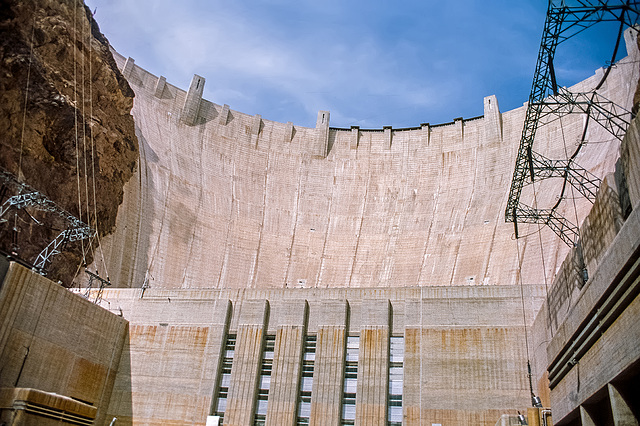Waikato River.
Pine Creek Canyon Overlook - 1986
2021 Some Visited Parks US
Reflections In Lake Maraetai
Rural country.
Sahalie Falls
Across The Lake,
Mondello/ Capo Gallo near Palermo
Vorfrühling an der Echo-Brücke
In Kawhia Harbour
Der Mond über Schloss Richmond (PiP)
Bryce Canyon - Wall Street - 1986
Lake Powell - 1996
Lake Powell - Rainbow Bridge
At Lake Whakamaru
Californian Poppies.
Boiler Bay
Lovely Place To Walk.
Near New Plymouth.
One Colourful Pond
John Ford's Point - 1986
DSC 0674bc Fisher Man House
Quiet Road.
Light And Shade
Herbst bei Ricarda - HFF trotz alledem!
P6187541ac Lovely Baroque Chapel
Morgenstimmung am Genfer See
Flowering Magnolia tree.
Schneewanderung - Kurz vor der Covid Katastrophe
From Sandy Bay On Lake Whakamaru.
view from the CN Tower / Toronto 2009...für EDNA
Cefalù
Lakeside.
San Francisco - 1986
Monte dei Porri - Salina
San Francisco - 1986
Hochladen funktioniert wieder ... (PiP)
Kennt man: die Glienicker Brücke
Ganz nah dran - HFF!
Forest And Hills
Well Fenced
At Sandy Bay On Lake Whakamaru.
Die Sonne geht auf! HFF everybody!!
HFF - der Weg nach ganz ganz oben ...
Tahoe Meadows and Washoe Lake
Location
See also...
Keywords
Authorizations, license
-
Visible by: Everyone -
All rights reserved
-
417 visits
Hoover Dam - 1986


View from the left bank power station downstream. The Hoover Dam is a concrete arch-gravity dam in the Black Canyon of the Colorado River, on the border between the U.S. states of Nevada and Arizona. It was constructed between 1931 and 1936 during the Great Depression and was dedicated on September 30, 1935, by President Franklin D. Roosevelt. Its construction was the result of a massive effort involving thousands of workers, and cost over one hundred lives. Originally known as Boulder Dam from 1933, it was officially renamed Hoover Dam for President Herbert Hoover later.
Height: 221.4 m (in 1936 the highest dam in the world)
Length: 379 m
Width: 14 m at crest, 200 m at base
Reservoir capacity (Lake Mead): 35200 km³ total, 19554 km³ active
Catchment area: 435000 km²
Max. hydraulic head: 180 m
Installed power: 2080 MW (2.08 GW)
Annual energy production: 4.2 TWh
Look at the following interesting Wikipedia-Links:
► Upstream view with intake towers
► Ansel Adams photography
► Downstream view with new bridge (opened 2010)
► Wikipedia
Height: 221.4 m (in 1936 the highest dam in the world)
Length: 379 m
Width: 14 m at crest, 200 m at base
Reservoir capacity (Lake Mead): 35200 km³ total, 19554 km³ active
Catchment area: 435000 km²
Max. hydraulic head: 180 m
Installed power: 2080 MW (2.08 GW)
Annual energy production: 4.2 TWh
Look at the following interesting Wikipedia-Links:
► Upstream view with intake towers
► Ansel Adams photography
► Downstream view with new bridge (opened 2010)
► Wikipedia
Erhard Bernstein, Narvik 08, Smiley Derleth, Leo W and 31 other people have particularly liked this photo
- Keyboard shortcuts:
Jump to top
RSS feed- Latest comments - Subscribe to the comment feeds of this photo
- ipernity © 2007-2024
- Help & Contact
|
Club news
|
About ipernity
|
History |
ipernity Club & Prices |
Guide of good conduct
Donate | Group guidelines | Privacy policy | Terms of use | Statutes | In memoria -
Facebook
Twitter

Sign-in to write a comment.